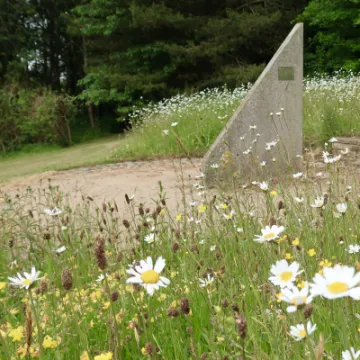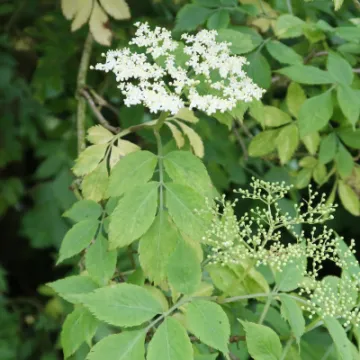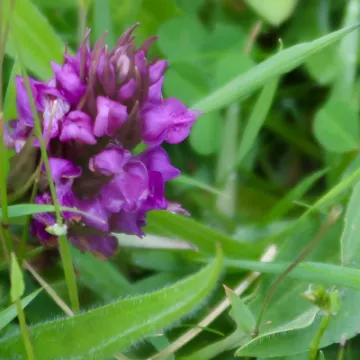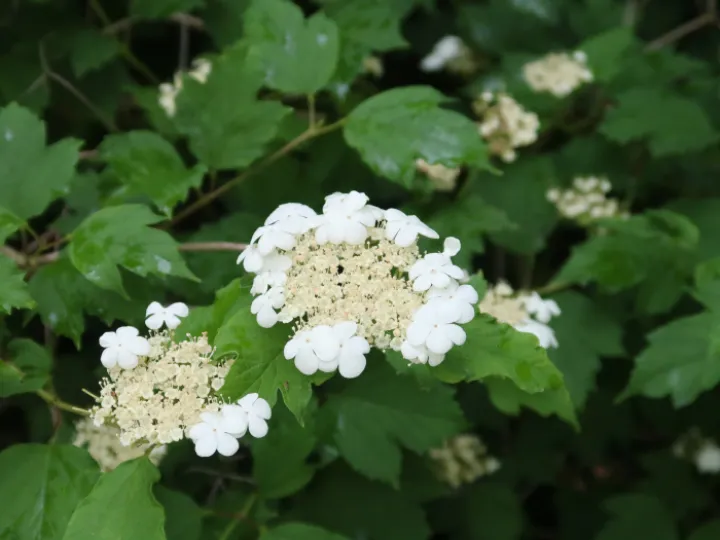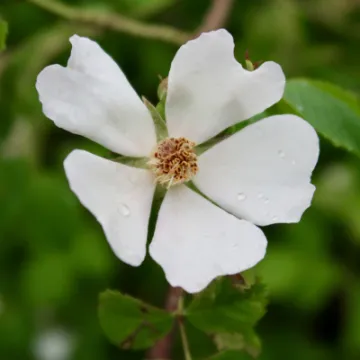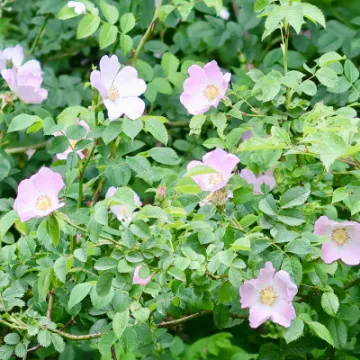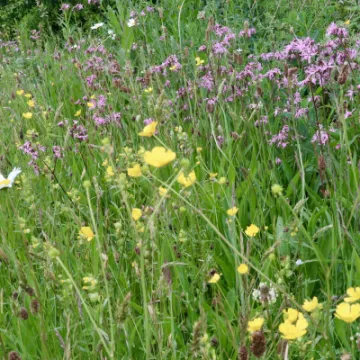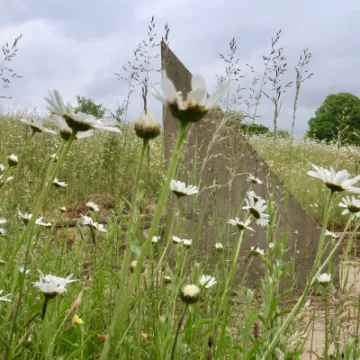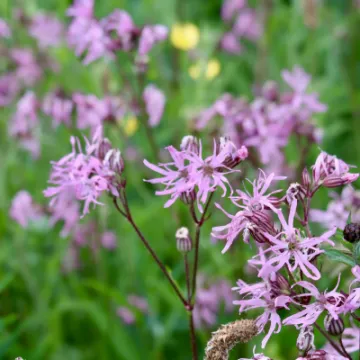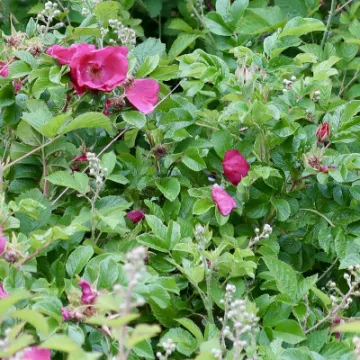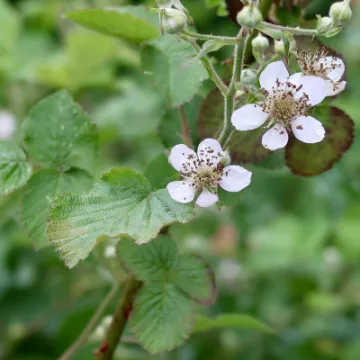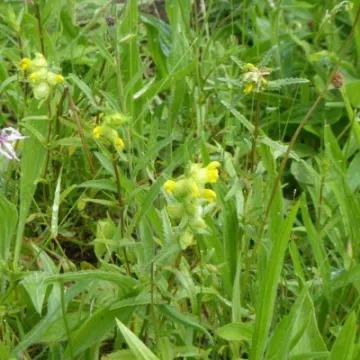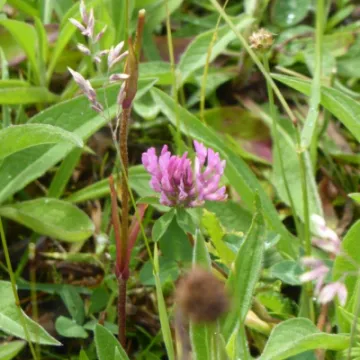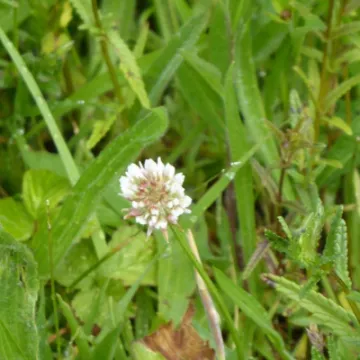Flowers on the Millennium Green
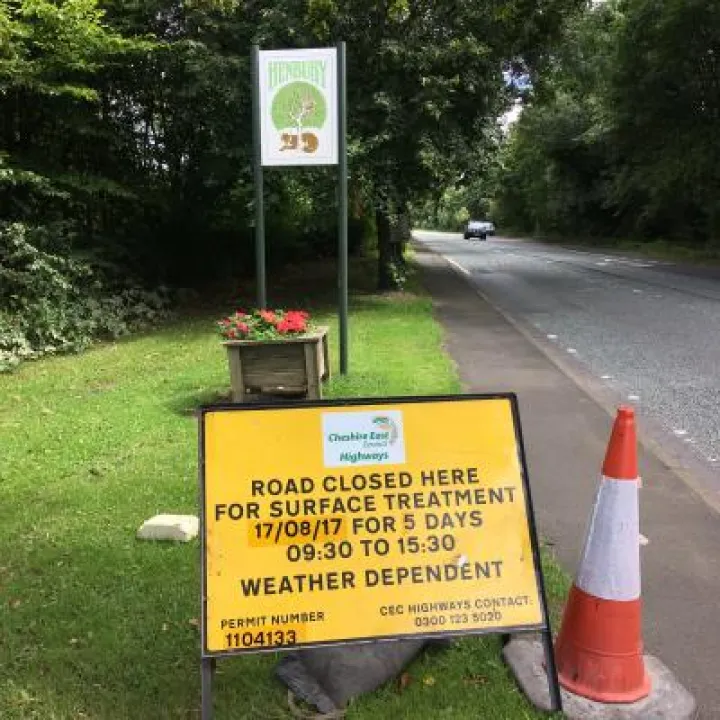


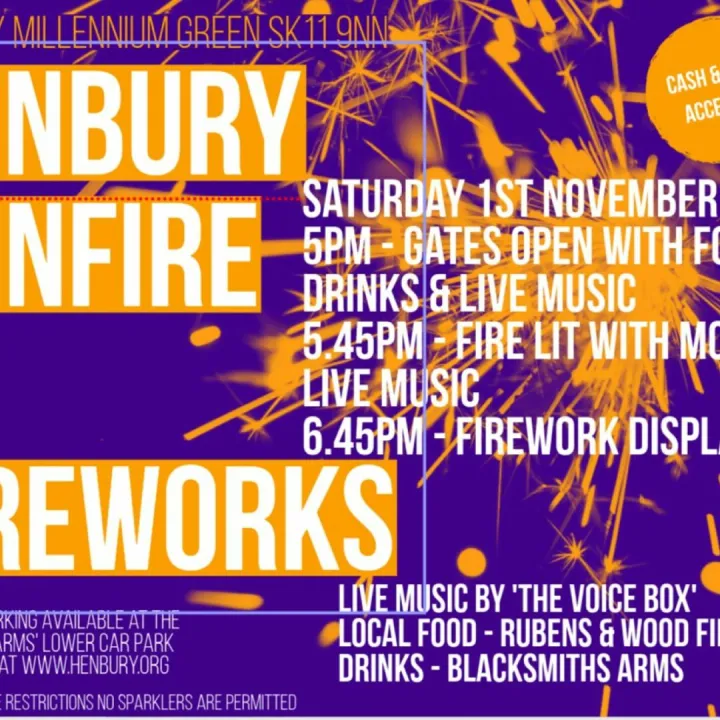


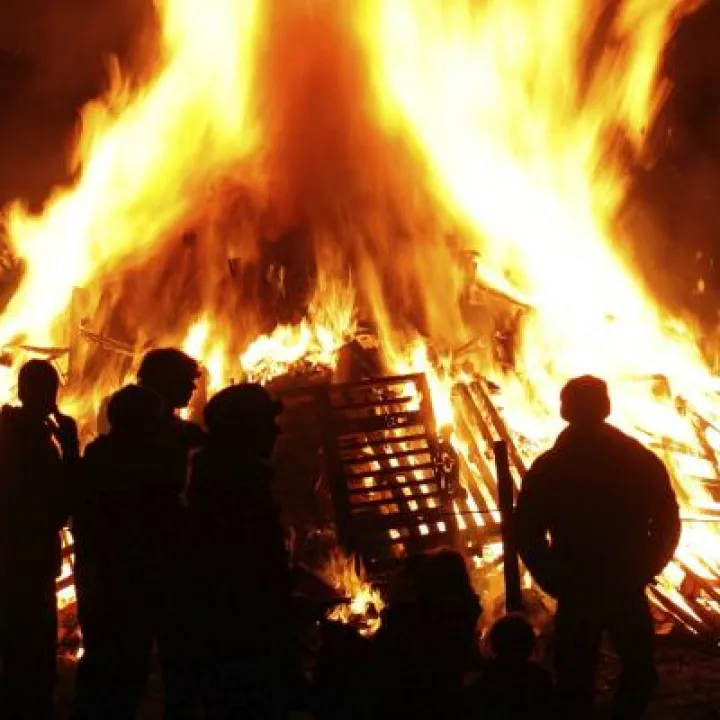

15 Flowers and a Butterfly!
As residents will know, this is the 20th Anniversary Year for our Millennium Green. Now it has re-opened, it's well worth going to have a look at all the beautiful flowers there at the moment.
Many thanks to David Walker, who has provided all the information (and some of the photos).
If you click on each photo, it will enlarge, and more information will appear. As the pictures appear on screen (reading from top to bottom, left to right) they are:
- Ox-eye Daisy
- Bird's Foot Trefoil
- Ox-eye Daisy and knapweed (not yet open)
- Elder
- Common Marsh Orchid
- Guelder Rose
- Dog Rose
- Ox-eye Daisy and Ragged Robin
- Dog Rose
- Ox-eye Daisy, Ragged Robin & Meadow Buttercup
- Ox-eye Daisy
- Ragged Robin
- Downy Rose
- Bramble
- Yellow Rattle
- Red Clover
- White Clover
- Meadow Brown Butterfly
The wildflower area is 20 years old this year. People often ask why we don't have lovely red poppies, golden corn marigolds, pink corncockle and blue cornflowers – what most people think of as "wildflowers". These flowers all need fertile soil and are annuals – they are the flowers of cornfields and die each year having spread their seed ready for next year's muck-spreading, ploughing, seeding and harvesting (well that's how it was until the 1960s). They need the ground to be disturbed to germinate – poppy seeds can survive for hundreds of years waiting to be brought up to the surface (which is why they flourished on WWI battlefields).
Our meadow is one of perennial plants – once what you would have seen on traditional grazing land where the cattle were turned out in early spring, moved later and in summer hay taken from those fields that had not been grazed. These varieties naturally die back in late summer and come back in spring. Older plants may die, but seed will have been set.
After five years, one or two varieties on the Green became dominant, and it was decided to reseed the area – the result is what you now see. In late summer the area is mown to mimic hay cutting – sadly our small piece of ground is not economically viable as a hayfield.
Please enjoy the flowers and walk through the meadow – paths have been cut but the local wildlife makes its own runs too. As you go you will see bees, butterflies, moths and all manner of creepy- crawlies. Children are welcome to pick a few flowers (but they don't last long in water at home – better enjoyed as nature put them), but please never uproot plants.
The wildflowers are coming to their best now, but there is something to see almost all year round – look out for primroses and cowslips next spring.
If you spot any other flowers on the Green, please send your photos to editor@henbury.org



